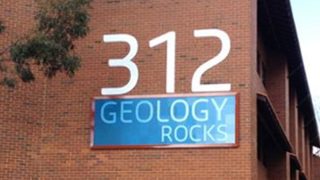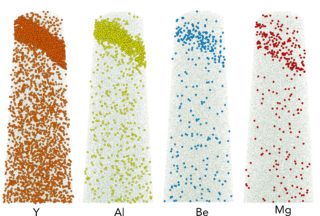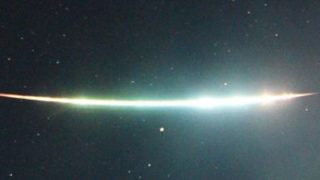Our Facilities

Here at TIGeR we use a wide range of analytical tools to undertake our geoscience research programs that includes basic geological fieldwork, sophisticated mineral characterization and geochemical analysis, experimentation, computational and theoretical modelling, geodetic and geophysical methods. Our staff and students are privileged to have access to world-class facilities at Curtin. In addition to the extensive in-house laboratory facilities outlined below, Curtin’s Bentley campus is strategically situated in a technology precinct that also hosts the Pawsey Supercomputing Centre and Australian Resources Research Centre (ARRC).
John de Laeter Centre
The John de Laeter Centre is an exceptionally well-equipped facility providing analytical services to researchers in the materials, Earth and environmental sciences. Numerous TIGeR members are facility leaders in the Centre, while others are affiliated scientists and facility users. The following are some of the key analytical facilities accessible to TIGeR. For full details of instrumentation and contacts, visit the John de Laeter Centre facilities web pages.
- The Microscopy and Microanalysis Facility and Digital Mineralogy Hub house an impressive array of the latest SEM and TEM instrumentation for imaging, automated mapping and quantification of sample microstructure and mineralogy
- The Experimental Geochemistry Facility is capable of experimentation on fluid-rock systems covering the full range of crustal and uppermost mantle P-T conditions.
- The GeoHistory Facility specialises in Laser Ablation ICPMS applied to rapid trace element characterisation and mineral mapping, geochronology and radiogenic isotope systems.
- Laboratories of the WA Organic and Isotope Geochemistry Centre (OIGC) specialise in separation and characterisation of organic constituents, stable isotope analysis of organics and paleogenomics.
- The Geoscience Atom Probe Facility uses state-of-the-art Atom Probe Tomography to enable mineral characterisation, chemical and isotopic analysis at the nano-scale.
- The SHRIMP Facility houses two high-resolution secondary-ion mass spectrometers (SIMS) that are workhorses for precise U-Pb dating of minerals such as zircon, monazite and titanite.
- The WA Argon Isotope Facility specialises in the analysis of geological materials by the Ar-Ar dating method.
- The TIMS Facility (Thermal Ionization Mass Spectrometry) and associated ultra-clean labs are available for ultra-high precision isotope abundance measurements on a range of geological and reference materials.
- The Mineral Separation Facility features a selFrag™ pulse disaggregation unit for clean, efficient geological sample preparation.

Palaeomagnetism Laboratory
Our Earth Dynamics Group’s WA Palaeomagnetism Laboratory houses shielded magnetometers and associated instrumentation for studies of regional and global palaeogeography, continental reconstructions, magnetostratigraphy and environmental studies.
Desert Fireball Network
Our Planetary Scientists have installed a network of surveillance cameras across Australia to track the trajectories of meteors arriving in the Earth’s atmosphere, thereby assisting in determining both their origin in the Solar System and their point of impact on the Earth’s surface for recovery by field parties. Fireballs in the Sky is a parallel public outreach project.

